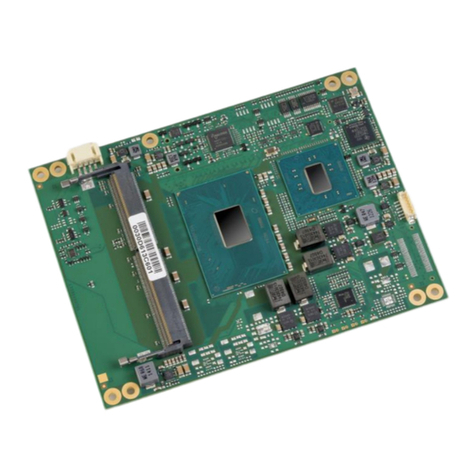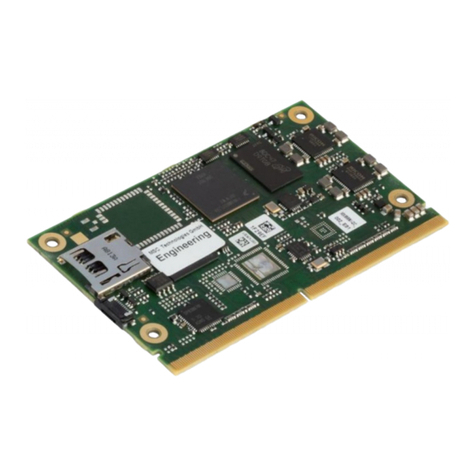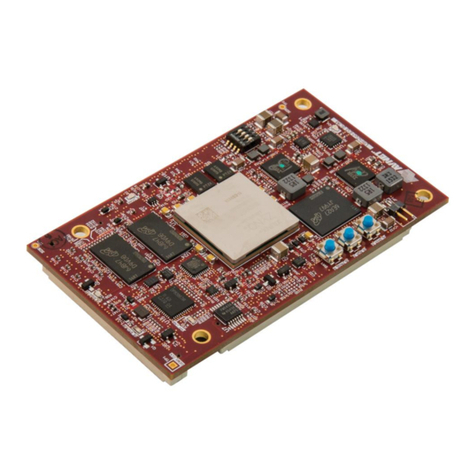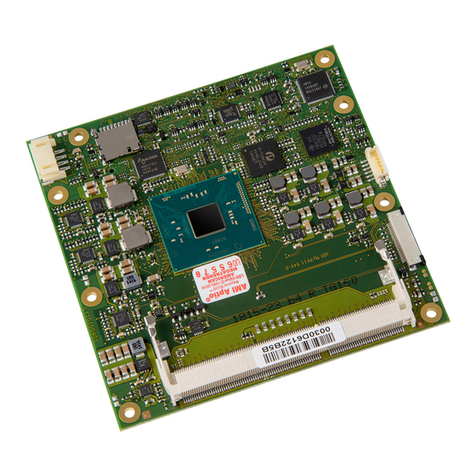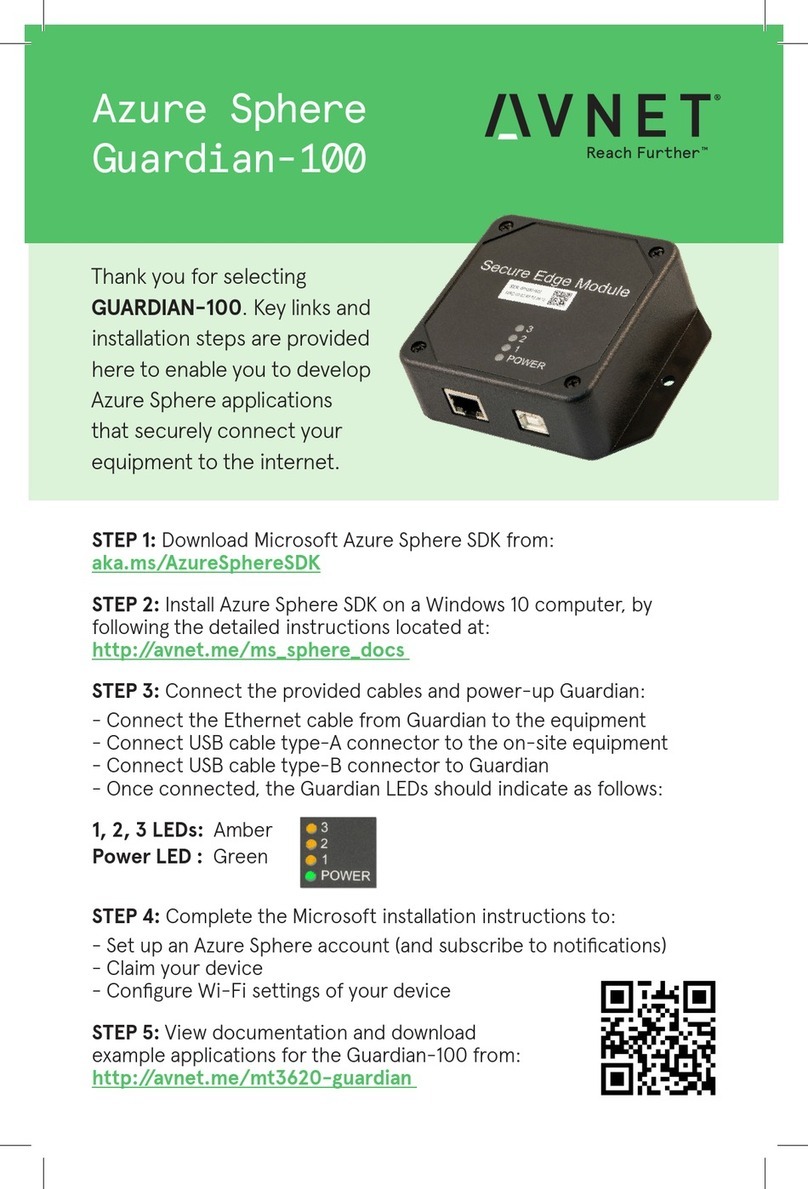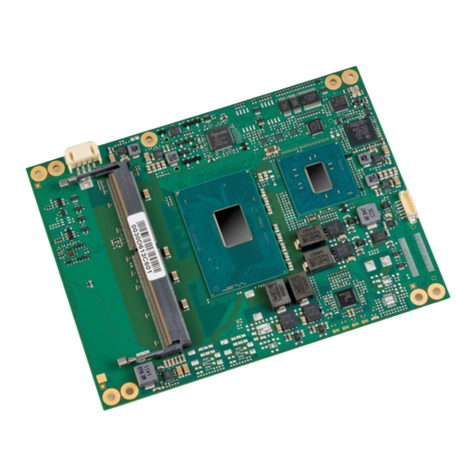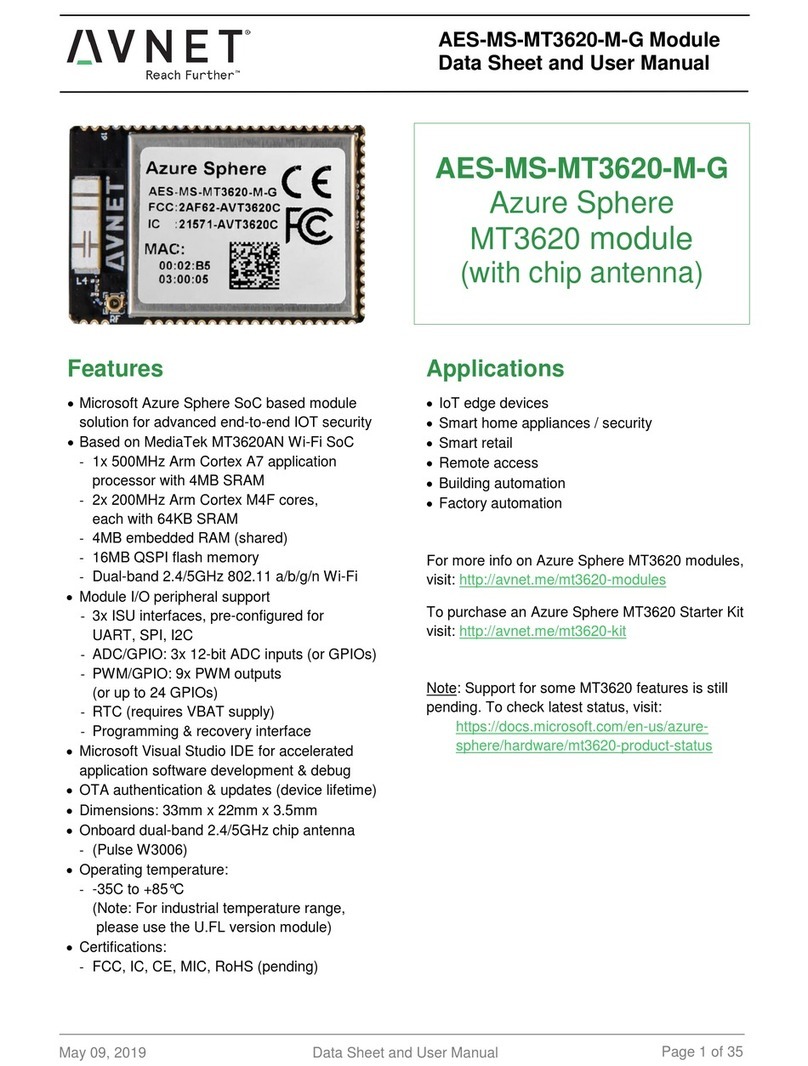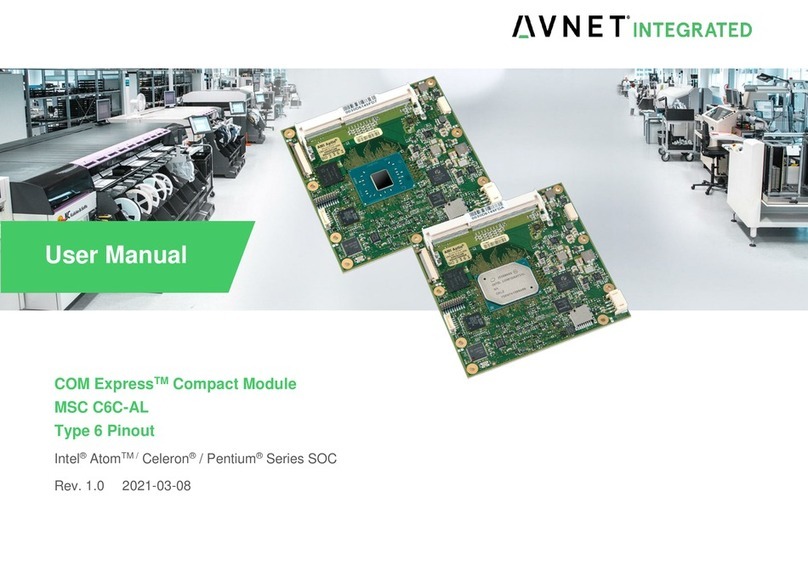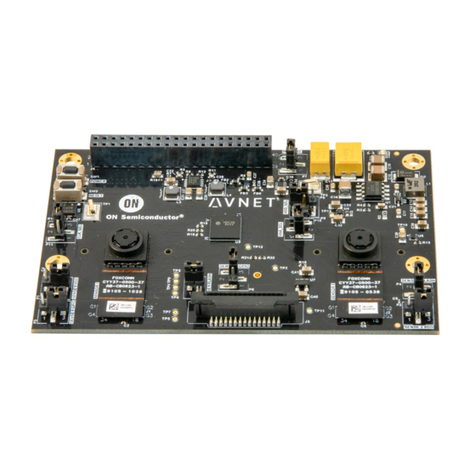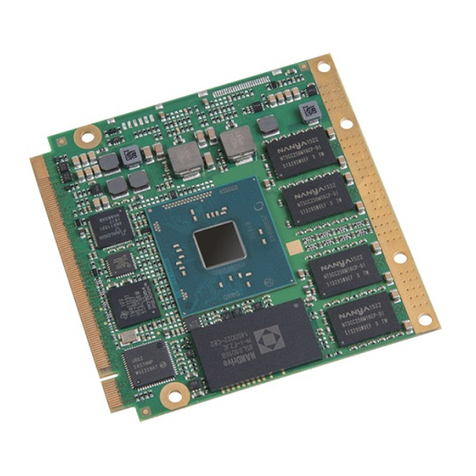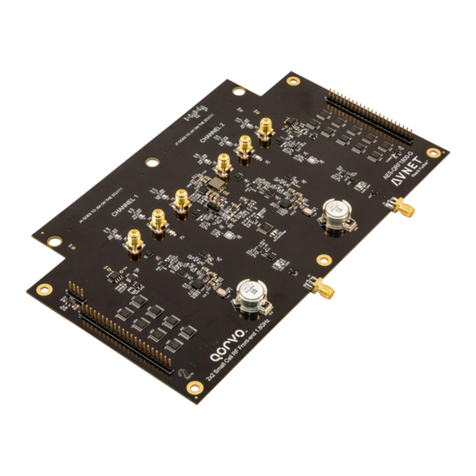
3-Feb-2015
Table of Contents
1INTRODUCTION.................................................................................................................................. 2
2FUNCTIONAL DESCRIPTION............................................................................................................ 3
2.1 ALL PROGRAMMABLE SOC ............................................................................................................. 3
2.2 MEMORY......................................................................................................................................... 3
2.2.1 DDR3L.................................................................................................................................... 3
2.2.2 Quad-SPI Flash...................................................................................................................... 4
2.2.3 eMMC (Multi-Media Controller)............................................................................................ 5
2.3 USB 2.0 OTG.................................................................................................................................. 6
2.4 10/100/1000 ETHERNET PHY ......................................................................................................... 7
2.5 USER I/O......................................................................................................................................... 9
2.5.1 Available PS MIO User Pins.................................................................................................. 9
2.5.2 Available PL IO User Pins ..................................................................................................... 9
2.6 CLOCK SOURCE..............................................................................................................................10
2.7 RESET SOURCES .............................................................................................................................10
2.7.1 Zynq Power
‐
on Reset (PS_POR_B).......................................................................................10
2.7.2 PROGRAM_B, DONE, PUDC_B, INIT_B Pins....................................................................10
2.7.3 Processor Subsystem Reset....................................................................................................10
2.8 EXPANSION HEADERS ....................................................................................................................11
2.8.1 Micro Headers.......................................................................................................................11
2.9 CONFIGURATION MODES................................................................................................................16
2.9.1 JTAG Connections.................................................................................................................17
2.10 POWER SUPPLIES............................................................................................................................18
2.10.1 Voltage Rails and Sources.....................................................................................................18
2.10.2 Voltage Regulators ................................................................................................................19
2.10.3 Power Supply Sequencing......................................................................................................20
2.10.4 PCB Bypass / Decoupling Strategy .......................................................................................22
2.10.5 Power Good LED ..................................................................................................................22
2.10.6 Power Estimation ..................................................................................................................22
2.10.7 XADC Power Configuration..................................................................................................22
2.10.8 Battery Backup - Device Secure Boot Encryption Key..........................................................23
2.10.9 Cooling Fan...........................................................................................................................23
3ZYNQ-7000 AP SOC I/O BANK ALLOCATION...............................................................................24
3.1 PS MIO ALLOCATION ....................................................................................................................24
3.2 ZYNQ-7000 AP SOCBANK VOLTAGES ..........................................................................................25
4MECHANICAL ....................................................................................................................................26
5REVISION HISTORY ..........................................................................................................................27
